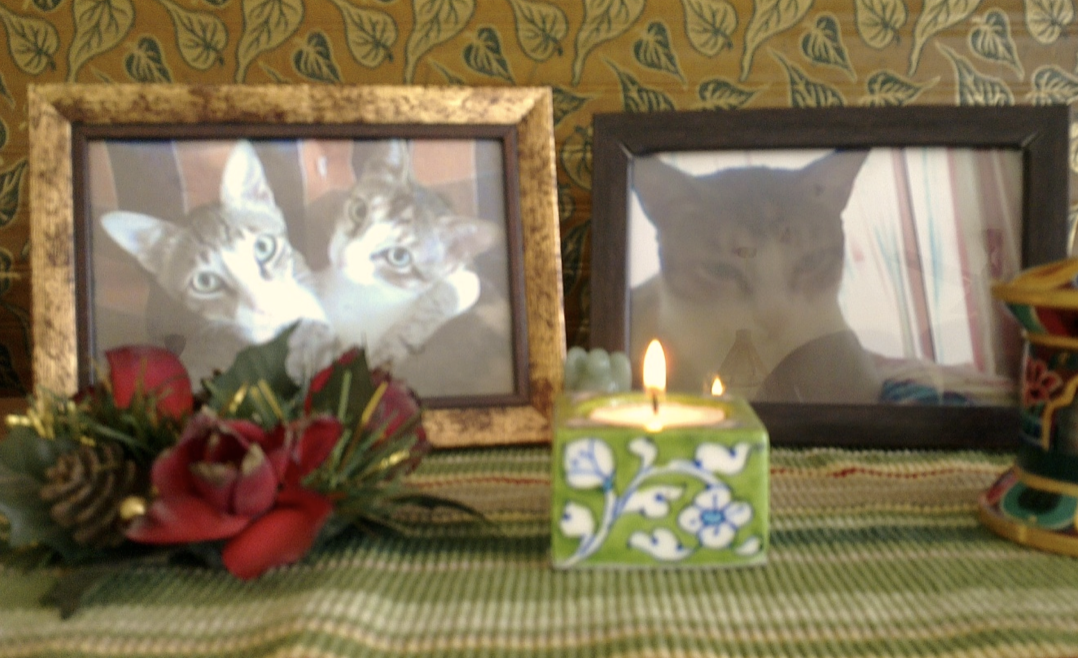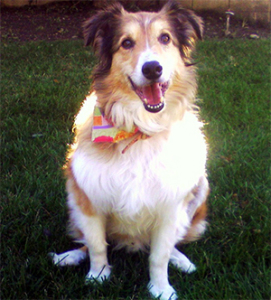All About Animal Psychics

In a world where the bond between humans and animals is cherished, the realm of animal psychics offers a fascinating glimpse into the unspoken connection that exists between us and our furry companions. Animal psychics, also known as pet communicators or animal intuitives, claim to possess a unique ability to communicate with animals on a telepathic level, providing insights into their thoughts, feelings, and behaviors. At the heart of animal psychic work, lies the concept of interspecies communication—an exchange of thoughts, emotions, and sensations between humans and animals without the need for verbal language. Pet psychics claim to tap into this intuitive realm, using their heightened sensitivity and empathic abilities to bridge the communication gap between pets and their owners. Through telepathic channels, they assert that they can receive messages from animals and convey them to their human counterparts. (more…)
How to Heal From the Loss of a Beloved Pet

by Indrani Das, Certified Animal Reiki Teacher & Owner of Way of Artemis.
Saying that final goodbye to all the cats I have lost over the years has been heart-wrenching. The grief never entirely disappears. Sometimes, it comes creeping up at the most unexpected of moments. Each loss goes into weaving a new thread in this fabric of life. Even though we carry on the dance of life, we now do so with fond memories. We hold them in our hearts for all times to come. Our lives are much richer because amazing souls choose to share their journey with us. (more…)
Pet Psychics 101

Deep within the loving relationship of animal companions and humans, there exists a bond that transcends mere physical care. Pet psychics and animal communicators, at times met with skepticism and curiosity, provide a compelling service aimed at bridging the communication gap between humans and animals. But how exactly do they operate, and what impact do they have, especially in the realm of pet loss grief counseling or finding lost pets?
(more…)Demystifying Remote Animal Communication

The ability to communicate effectively with animals at a distance is something that mystifies most people. However, it is not really as unusual as it seems. Many animals communicate in a variety of different ways – though often nonverbally. In remote animal communication, the method of connection is known as high sense perception.
Picking Your Next Pet After Loss

by Kara Udziela, Animal Communicator and owner of Pet’s Eye View
Losing a great companion animal is one of the biggest heartaches we will ever experience. Some people are so heartbroken, they swear they will never love another animal. Although I understand this deep pain, after years of communicating with animals, I can tell you that almost without fail, they want you to give that great love to another pet. Dogs and cats especially seem to know that there are many living animals needing love, and you, as a good person, should share it. If you have decided it is time to get a new companion animal, it can be a challenge to pick the best fit. (more…)

